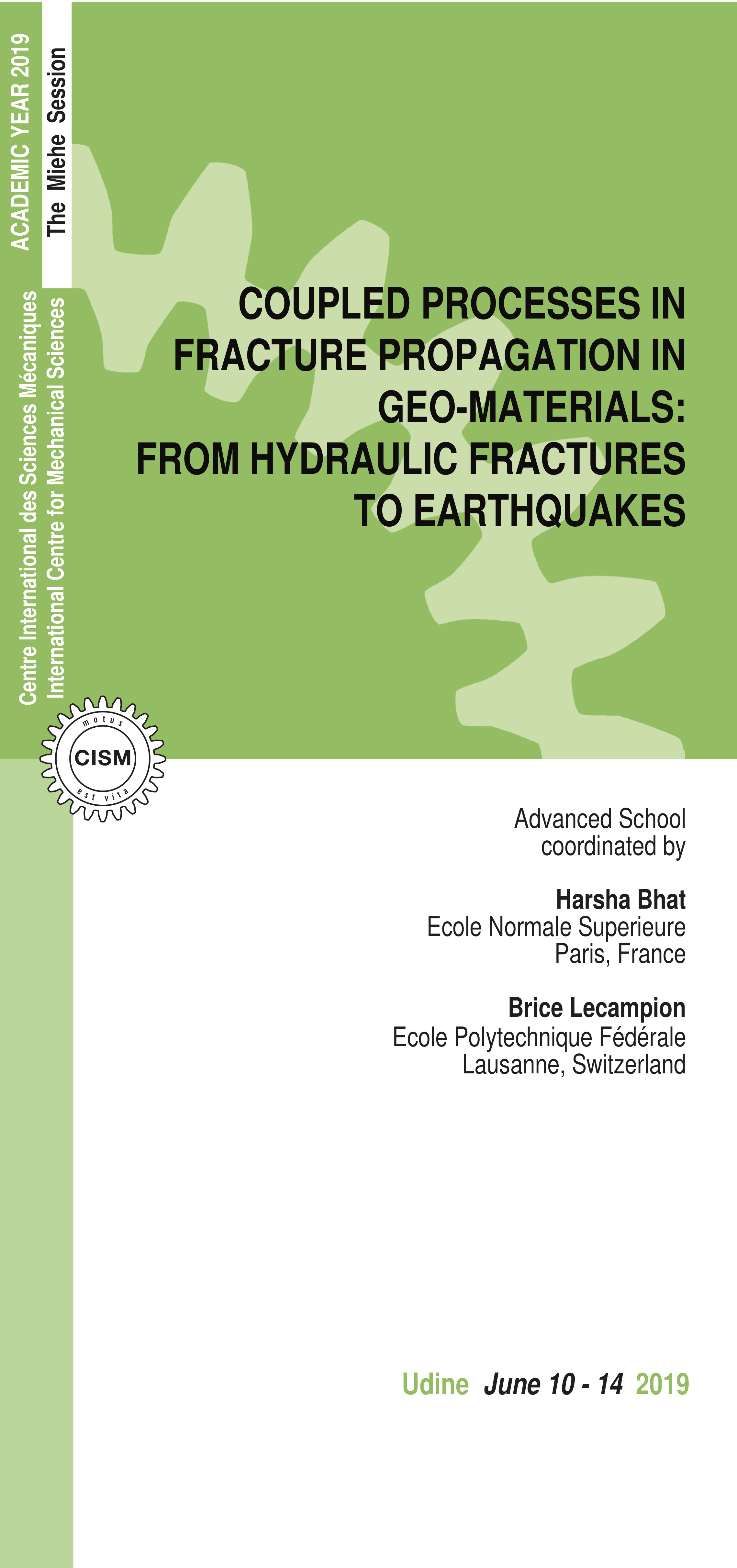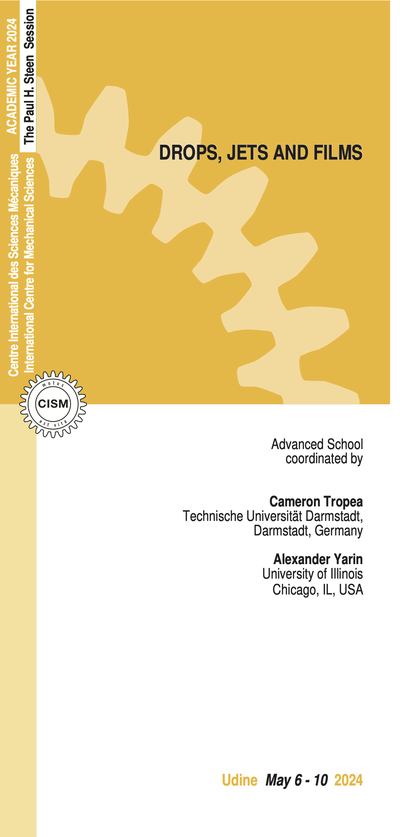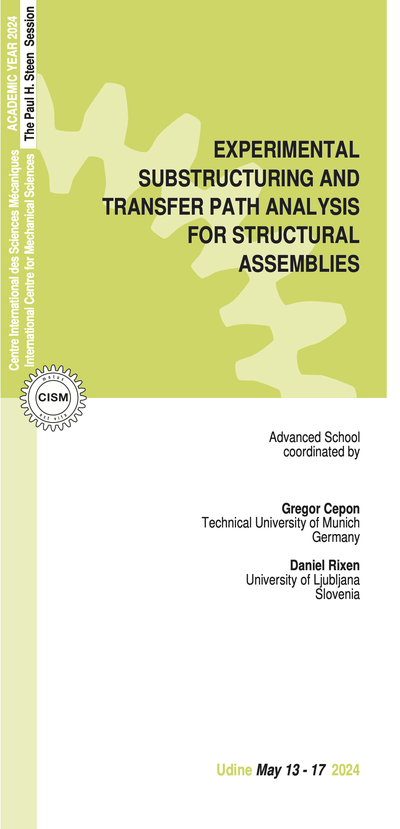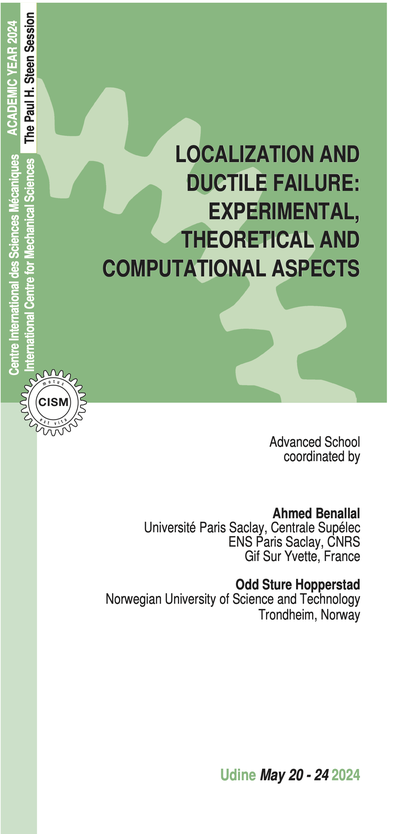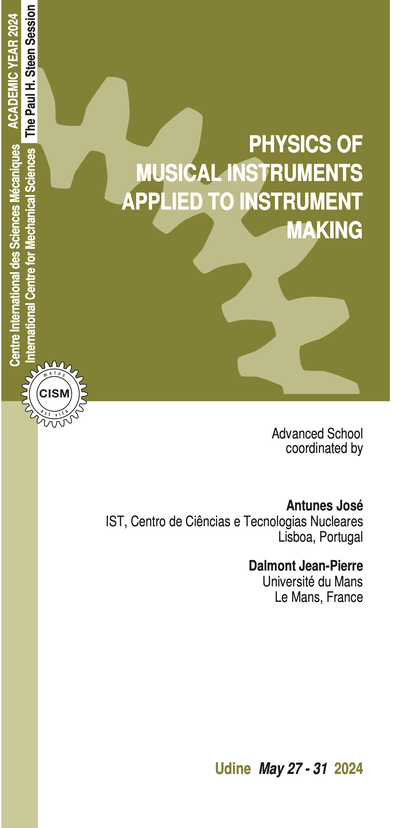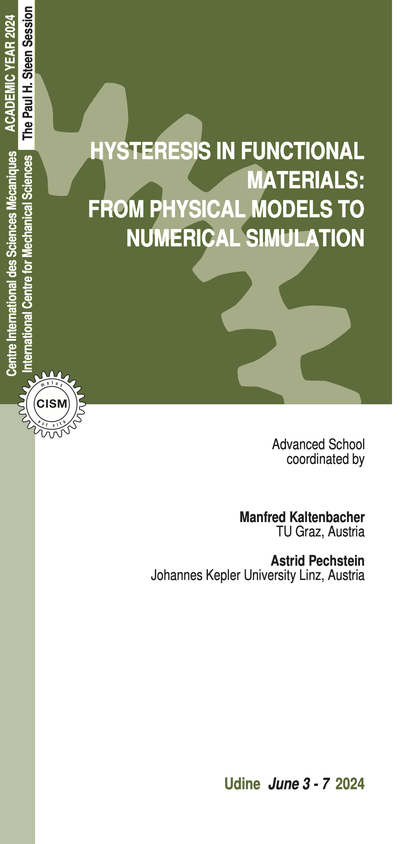The propagation of fractures in geological media either due to natural or man-made forcing share common similarities related to the coupling of fluid and temperature variations with mechanical deformation. Earthquakes are shear mode cracks dominated by frictional weakening with thermal pressurization, flash heating of asperities playing an important role. Hydraulic fractures on the other hand are opening mode cracks propagating under the injection of viscous fluid. In both cases, the energy budget of the process (and the overall evolution of the system) may widely differ depending on the dominant physical process: e.g. fracture surface creation versus viscous flow dissipation, fluid storage versus leak-off in hydraulic fractures.
During this summer school, we will focus on recent advances in the mechanical modeling of both fluid-driven fractures and earthquakes. Our aim is to review the physical modeling of these problems, which combines fracture mechanics, thermo-hydro-mechanical deformation and complex friction laws. We will cover in-depth the solution of a number of model problems that allow for a deeper understanding of the complex interplay between the different physical processes on the evolution of fracture.
The theory of fracture mechanics and the use of boundary integrals equations for the solution of fracture problems will be discussed in details in order to give a basis for its applications to both earthquakes nucleation and hydraulic fracture growth.
After a presentation of the coupling between fluid flow and fracture deformation, the tip behavior of a propagating hydraulic fracture will be discussed in details as well as semi-analytical solutions for the growth of finite hydraulic fracture of simple geometries (radial, plane-strain) in limiting propagation regimes (Storage/viscosity & toughness -- leak-off/viscosity & toughness). Insights revealed by dimensional analysis and scaling will be highlighted. Different numerical schemes for hydraulic fracture propagation will be discussed and a particular emphasis will be given to numerical scheme incorporating the multiscale tip behavior. Hands on examples with an open-source code will demonstrate a number of important points for the resolution of such moving boundary problem. The necessity of proper code verifications will be highlighted. A number of laboratory and field experiments on hydraulic fracture growth will be given and compared to theoretical predictions. Current research topics related to rock anisotropy, heterogeneity and non-linearity will also be discussed.
On the subject of earthquake source physics, the theory of fracture mechanics will be revisited in the context of Mode II and Mode III fractures. Insights into solutions for cohesive zone fractures will be given along with the reasoning for their applicability in earthquake source physics. Both analytical and numerical treatment through Boundary Integral Equation Methods will be given. The students will then be given insights into these fracture solutions through laboratory experiments. At the next stage we will talk about elaborate friction laws used in earthquake physics and how they are coupled to classical fracture mechanics problems. Insights from laboratory experiments on friction and dynamic shear rupture will also be given. As a final step a short introduction to field geology would be given where these modeled phenomena can be observed.
E. Detournay. Mechanics of hydraulic fractures. Annual Review of Fluid Mechanics, 48:311–339, 2016.
D. I. Garagash and E. Detournay. The tip region of a fluid-driven fracture in an elastic medium. ASME Journal of Applied Mechanics, 67:183–192, 2000.
D. I. Garagash, E. Detournay, and J. I. Adachi. Multiscale tip asymptotics in hydraulic fracture with leak-off. Journal of Fluid Mechanics, 669:260–297, 2011.
B. Lecampion, J. Desroches, R. G. Jeffrey, and A. P. Bunger. Experiments versus theory for the initiation and propagation of radial hydraulic fractures in low permeability materials. Journal of Geophysical Research: Solid Earth, 122, 2017.
B. Lecampion, A. P. Bunger, and X. Zhang. Numerical methods for hydraulic fracture propagation: A review of recent trends. Journal of Natural Gas Science and Engineering, 49:66–83, 2018.
Viesca, R. C., and D. I. Garagash, Numerical methods for coupled fracture problems, Journal of the Mechanics and Physics of Solids, 113, 13–34, 2018. doi:10.1016/j.jmps.2018.01.008.
Uenishi, K. and J. R. Rice, Universal nucleation length for slip-weakening rupture instability under nonuniform fault loading, Journal of Geophysical Research - Solid Earth, 108(B1), 2042, 2003.doi:10.1029/2001JB001681.
Rice, J. R. (1968), Mathematical analysis in the mechanics of fracture, Fracture: An Advanced Treatise, Vol. II, edited by H. Liebowitz, pp. 191–311, Elsevier.
Mello, M., Bhat, H. S., and Rosakis, A. J. (2016), Spatiotemporal properties of sub-Rayleigh and supershear rupture velocity fields : Theory and Experiments, Journal of the Mechanics and Physics of Solids, 93, 153–181, 2016. doi:10.1016/j.jmps.2016.02.031.
6 lectures on: elasticity and fracture mechanics, boundary integral equations for fracture problems, laboratory experiments & numerical models of earthquake rupture and off-fault damage.
5 lectures on: the near-tip behavior of hydraulic fractures, solution of hydraulic fracture propagation for simple fracture geometries (radial, plane-strain), aseismic and seismic slip due to fluid injection in fault.
4 lectures on: hydraulic fracture propagation in cohesion-less material, mixed mode hydraulic fracture propagation, field observations of hydraulic fracture propagation and fluid induced seismicity on faults.
6 lectures on: fracture mechanics, fluid flow in fractures, numerical modeling of hydraulic fractures propagation, and comparisons between theory and laboratory experiments of hydraulic fracture growth.
6 lectures on: the history of rock deformation and brittle field, frictional behavior of fractures and faults, rock physical properties and damage.
6 lectures on: analytical and numerical approaches for coupled fracture problems, asymptotic methods for time-dependent problems, linear and non-linear stability analyses, slip instabilities and earthquake nucleation, slow slip and dynamic rupture propagation.
The registration fee is 600.00 Euro + VAT*, where applicable (bank charges are not included). The registration fee includes a complimentary bag, four fixed menu buffet lunches (on Friday upon request), hot beverages, downloadable lecture notes and wi-fi internet access.
Applicants must apply at least one month before the beginning of the course. Application forms should be sent on-line through the following web site: http://www.cism.it. A message of confirmation will be sent to accepted participants. Applicants requiring assistance with the registration should contact the secretariat at the following email address cism@cism.it.
Applicants may cancel their course registration and receive a full refund by notifying CISM Secretariat in writing (by email to cism@cism.it) no later than two weeks prior to the start of the course.
Cancellation requests received during the two weeks prior to the start of the course will be charged a 50.00 Euro handling fee. Incorrect payments are also subject to a 50.00 Euro handling fee.
A limited number of participants from universities and research centres who are not supported by their own institutions can be offered lodging and/or board, if available, in a reasonably priced hotel or student guest house.
Requests should be sent to CISM Secretariat by April 10, 2019 along with the applicant's curriculum and a letter of recommendation by the head of the department or a supervisor confirming that the institute cannot provide funding. Preference will be given to applicants from countries that sponsor CISM.
Information about travel and accommodation is available on the web site www.cism.it, or can be mailed upon request.
* Italian VAT is 22%.
